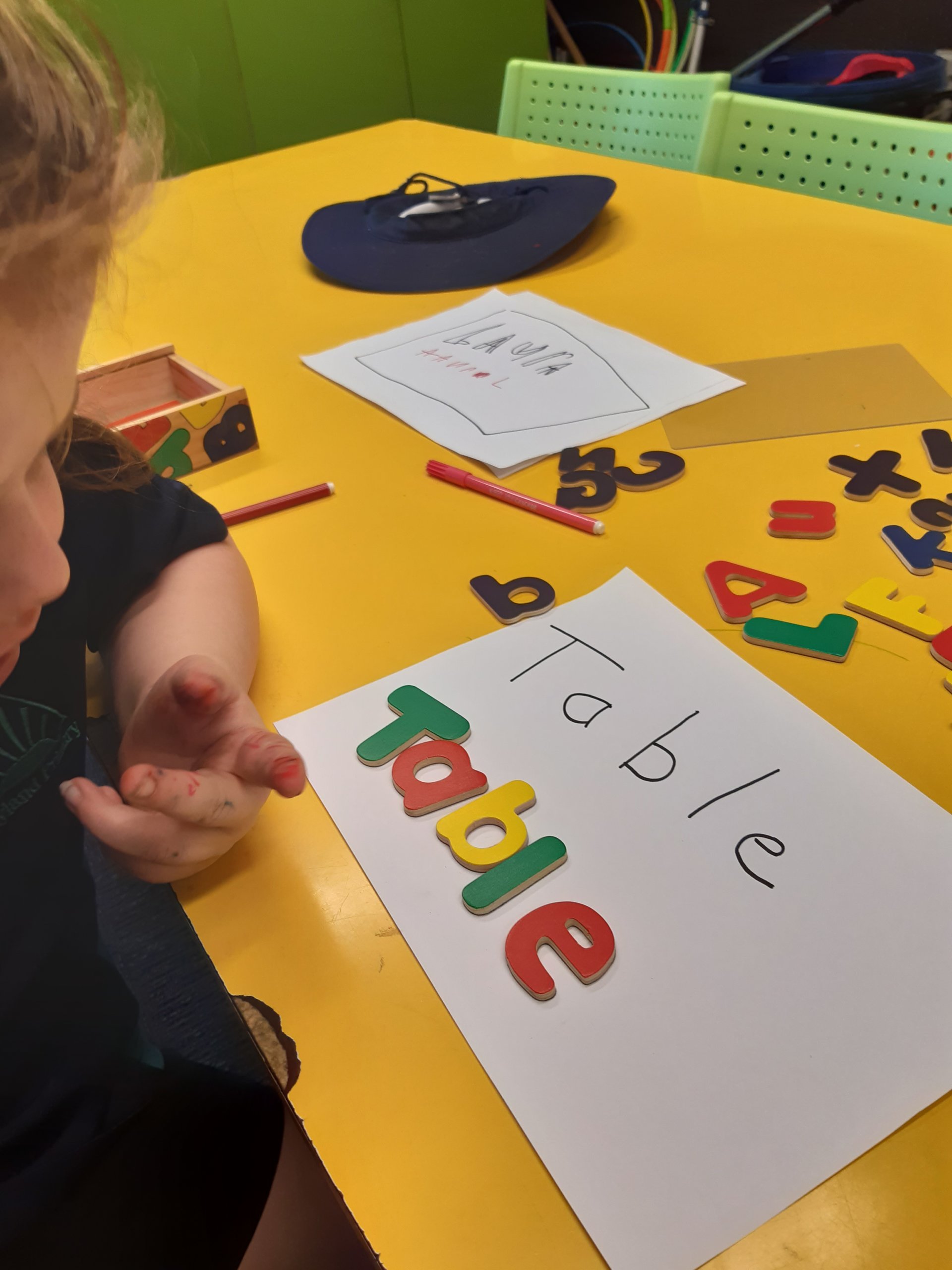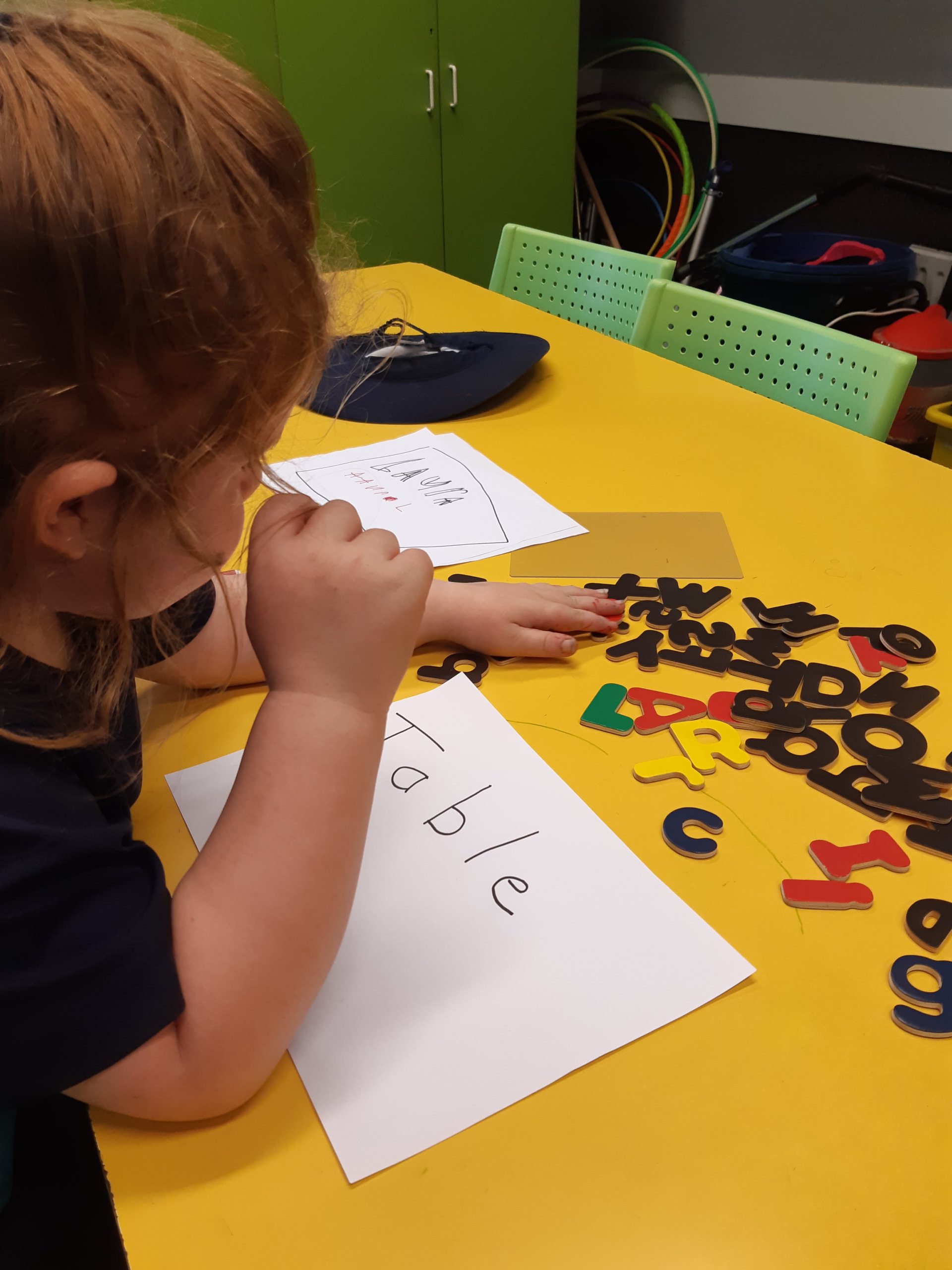

Extra support to ensure literacy progression was identified as a goal for an IEP, therefore the read it-build it-write it strategy was implemented. This involved using simple, enlarged wooden alphabet pieces to support visual access to learning. Using this resource as a reference, the learner was supported to read words, to arrange letters correctly to reproduce the word and finally to write by hand, the words she had created.
Another helpful activity was to match upper case with lower case, and to read each letter aloud and then name an object that started with the letter. The learner would then make words using the wooden alphabet.
Looking at next steps, a progression will be to create sentences and the use of punctuation.
This highlights the importance of supporting literacy in the classroom.

Leave a Reply